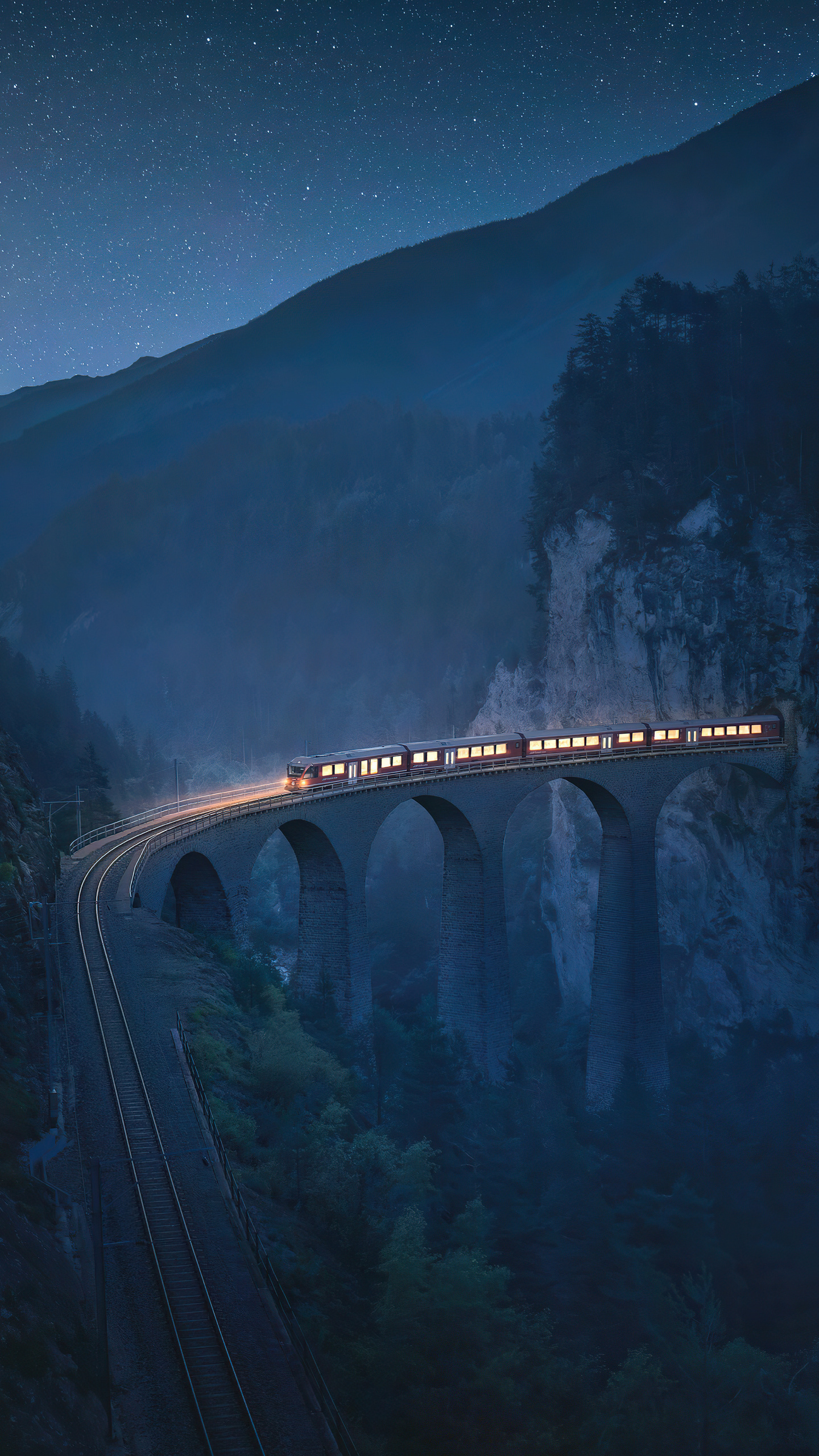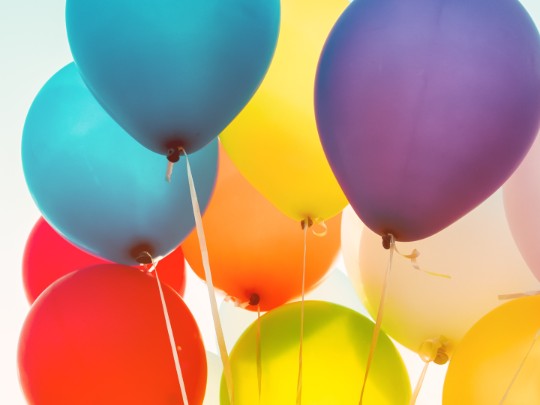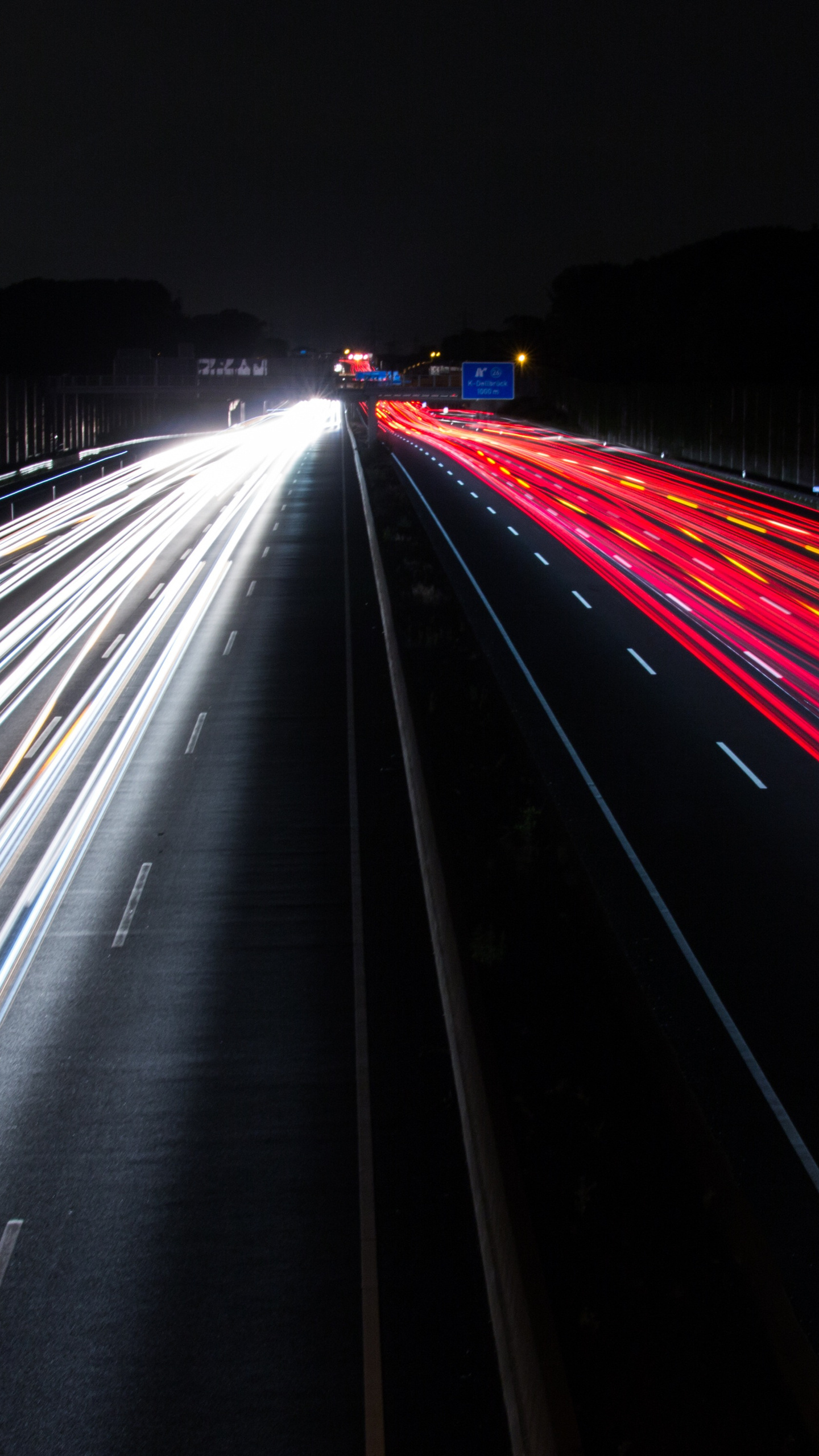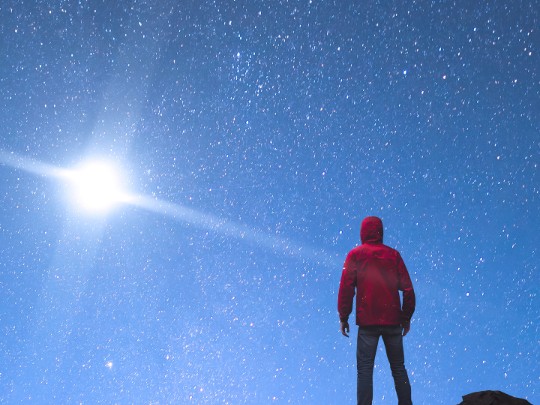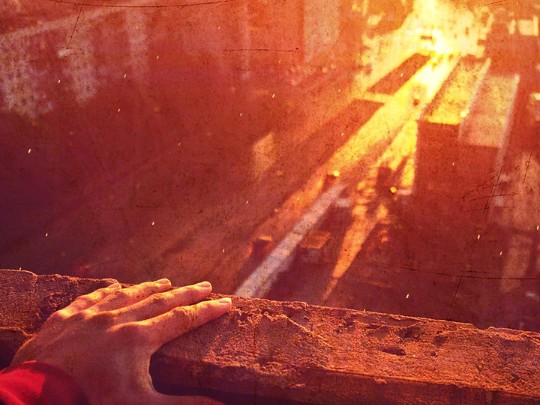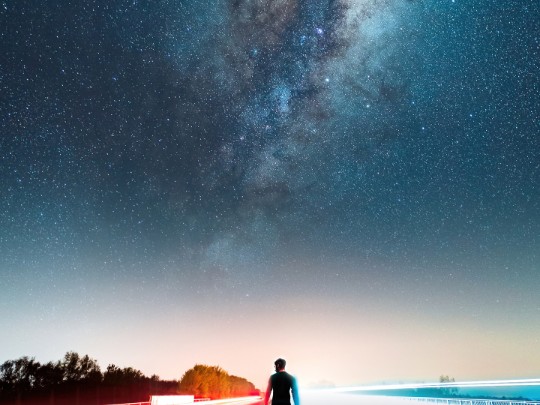Light Trails & Concrete Rivers: Mastering the Art of Tunnel Photography
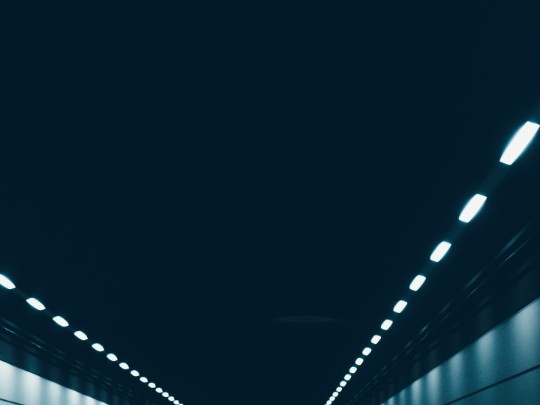
The Captivating World of Tunnel Photography
There's a captivating allure to photographing tunnels – often overlooked structures that transform into stunning visual narratives when illuminated by the mesmerizing dance of light trails. What was once a dark, utilitarian passage becomes a vibrant, flowing river of color, all thanks to the simple act of capturing moving headlights with long exposure photography. It's a challenge that draws photographers in, and the results are undeniably rewarding.
Why Tunnels Make for Incredible Photos
The appeal of tunnel photography lies in its unique constraints. The limited light demands patience and the use of a tripod, forcing photographers to slow down and carefully consider their approach. But these limitations are also what make it so compelling. The enclosed space creates a sense of drama and intrigue, and the interplay of light and shadow is simply breathtaking.
The Technical Aspects: Mastering Exposure
The key to successful tunnel photography is experimentation with shutter speeds. Longer exposures are crucial for building those dynamic light trails, transforming the ordinary into the extraordinary. Think of it as painting with light! A wider aperture allows more light in, while a narrow aperture creates more depth of field. Don't be afraid to play around with different settings to see what works best for your vision. Consider the ISO as well - a lower ISO will reduce noise, but you'll need a longer exposure time.
Color and Composition: Adding Depth and Interest
The beauty of tunnel photography isn't just about the trails themselves; it's about the colors they create. The warm glow of car headlights, the vibrant hues of street lamps, and even the reflections on the tunnel walls all contribute to a rich and layered visual experience. Composition is also key. Looking down a tunnel creates a powerful perspective, drawing the viewer into the scene and emphasizing the sense of movement and speed. Try different angles and focal lengths to find the most compelling composition.
Beyond the Gear: Unleashing Your Creativity
You don't need expensive equipment to capture stunning tunnel photography. While a professional camera offers more control, even a smartphone can produce impressive results. The most important thing is to have a creative vision and a willingness to experiment. Consider incorporating elements like the tunnel's architecture, the surrounding environment, or even the movement of people into your compositions.
Ready to Chase the Light?
Next time you find yourself passing through a tunnel, take a moment to appreciate the photographic potential hidden within. It's a chance to chase the light, capture a unique perspective, and create something truly memorable. So, grab your camera (or smartphone) and get ready to explore the captivating world of tunnel photography!

